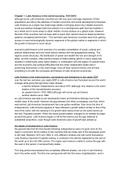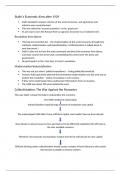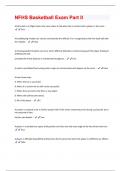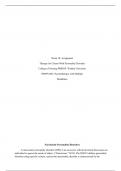Summary
summary "The Economic Development of Latin America since Independence''by Bertola and Ocampo
- Course
- Institution
- Book
This document contains a summary of what needed to be read for the course Economics: Latin America. That is why only some parts of chapters are discussed as this summary has followed the syllabus. All the parts that needed to be read are completely summarized, however data and tables are not includ...
[Show more]













